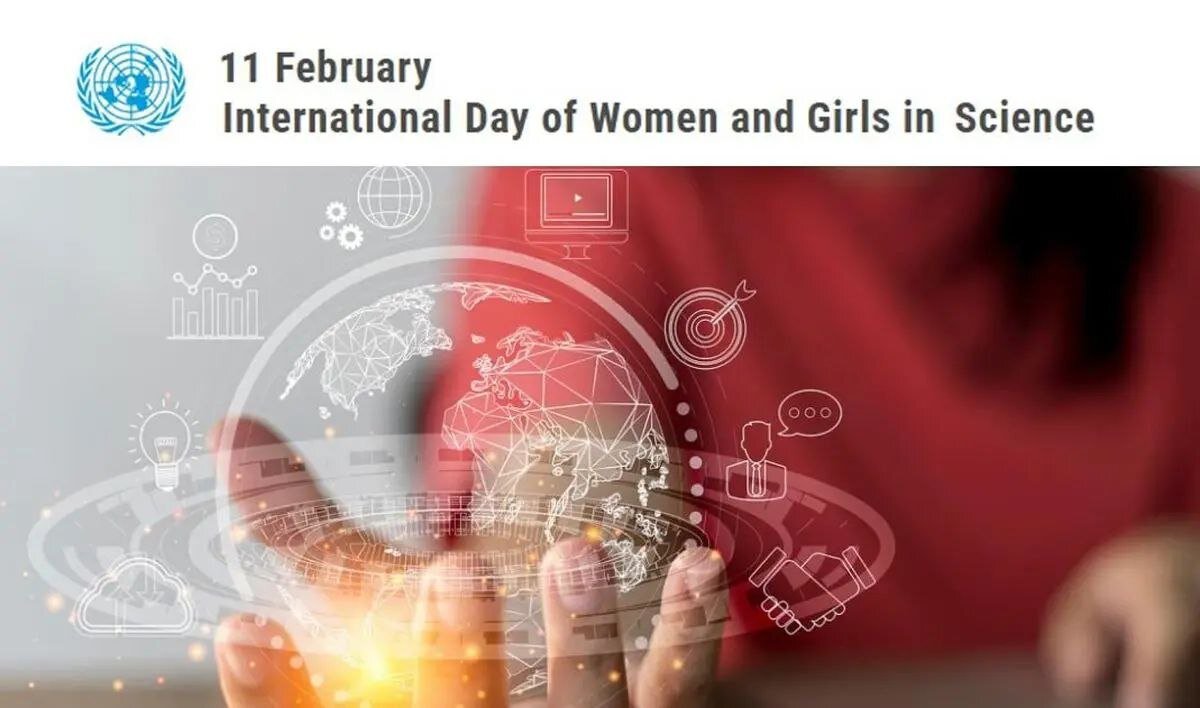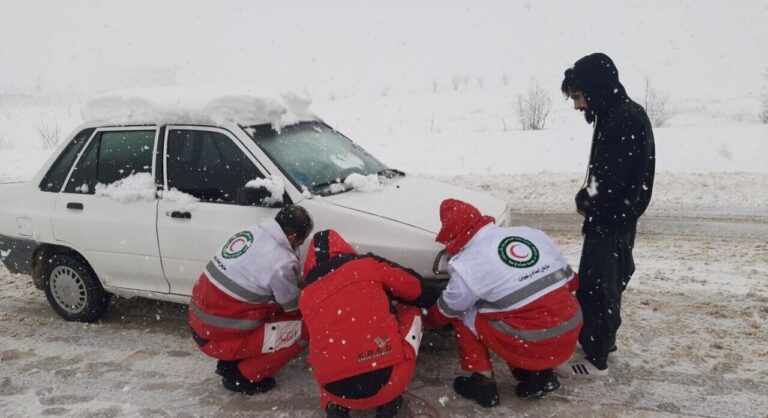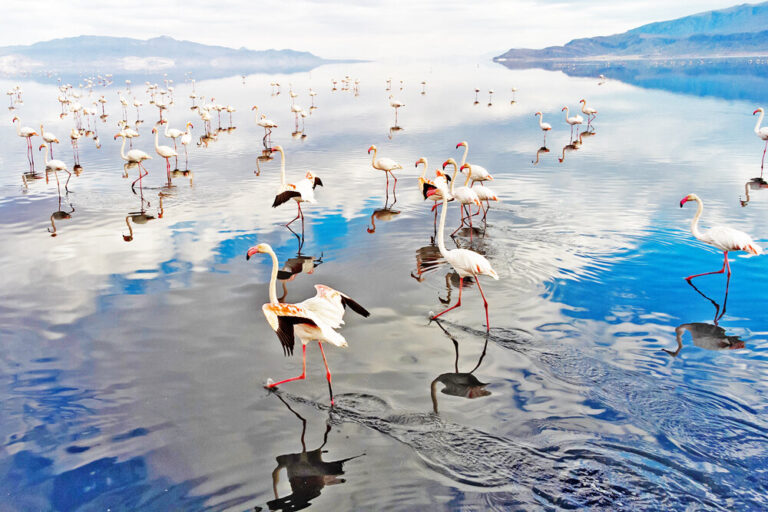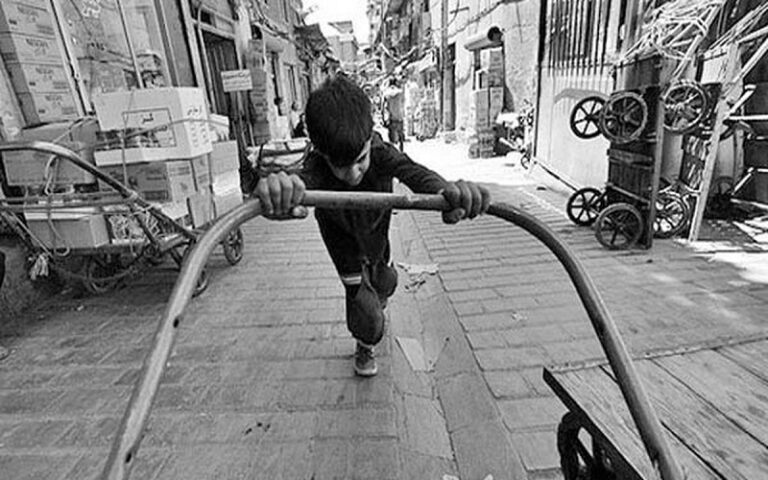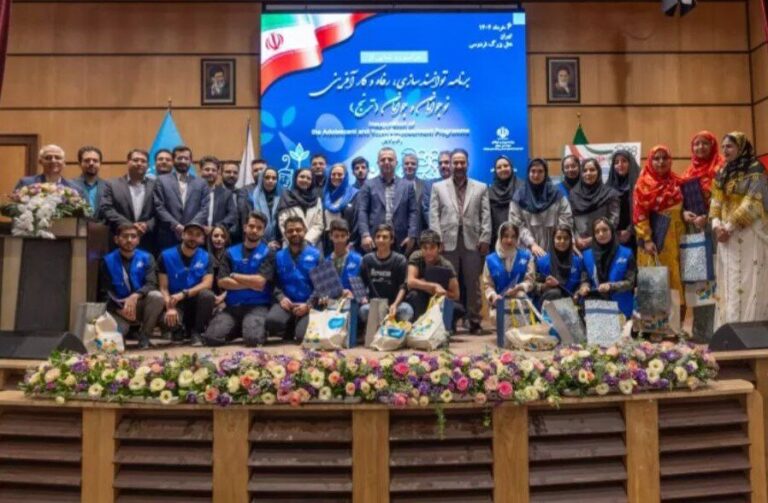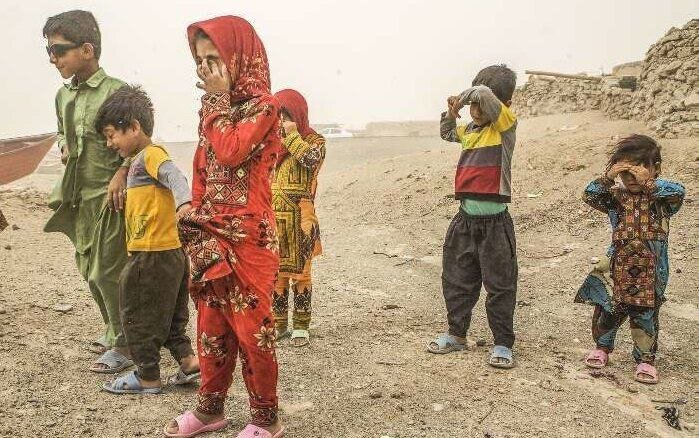Empowering Women in STEM: Boosting Participation in Science, Technology, Engineering, and Mathematics
The International Day of Women and Girls in Science, observed annually on February 11, serves as a global platform to promote equal access and participation in science for women and girls. Despite significant advancements, a persistent gender gap remains across science, technology, engineering, and mathematics (STEM) disciplines worldwide. As we approach the 10th anniversary of this important day in 2025, the theme for this year’s celebration is ‘Unpacking STEM careers: Her Voice in Science’.
Gender equality in science is not just an aspiration; it is essential for fostering a better future for everyone. Unfortunately, women and girls still encounter numerous systemic barriers and biases that hinder their pursuit of scientific careers. Addressing and closing this gender gap in science requires a multifaceted approach, including:
- Breaking down stereotypes: Challenging traditional views of gender roles in science.
- Promoting role models: Showcasing successful women in STEM to inspire young girls.
- Supporting women’s advancement: Implementing targeted programs designed to help women progress in scientific fields.
- Fostering inclusive environments: Creating policies that promote diversity, inclusion, and equity.
In Iran, the status of women in various fields has significantly progressed since the Islamic Revolution. Women, who make up half of the nation’s population, have emerged as leaders across numerous sectors. After the 1979 Islamic Revolution, women were granted equal rights, enabling them to shape their futures actively. This transformation has allowed Iranian women to create a strong, distinct identity and achieve considerable success.
Following the revolution, there have been extensive changes in numerous areas, including:
- Science and education: Women have become increasingly involved in educational institutions.
- Employment: Women now occupy more roles in both the public and private sectors.
- Management positions: The presence of women in leadership roles has substantially increased.
Education is viewed as a vital social value for women in Iran and is considered a pathway to true freedom. Illiteracy rates among women and girls have drastically decreased, with a literacy rate reaching 99.3 percent. The ratio of female to male students has surged by 28 percent, highlighting a significant shift toward educational equality.
Recent data shows that nearly 60 percent of all university students are female, marking a remarkable increase—nearly 21-fold—since the Islamic Revolution. The growing presence of women in the education sector has positively influenced the job market, with more women entering various professions.
The Iranian government has consistently emphasized the importance of empowering women across economic, cultural, social, and political domains within its policymaking efforts. Currently, over 70 women hold significant positions in the government, including:
- Vice President for Women and Family Affairs: Zahra Behrouz-azar
- Minister of Transport and Urban Development: Farzaneh Sadeq
- Government Spokesperson: Fatemeh Mohajerani
- Head of the Department of Environment: Shina Ansari
Furthermore, female scholars constitute 665 out of 4,818 most-cited researchers in the country, representing over 13 percent of the total. In the past Iranian calendar year (March 2023 – March 2024), women accounted for 12.75 percent of the most-cited researchers. The Ministry of Health leads with a notable 29.57 percent share of these recognized researchers.
According to the Islamic World Science Citation (ISC), 177 Iranian female researchers have been acknowledged in various fields such as:
- Agricultural Sciences
- Clinical Medicine
- Biology
- Biochemistry
- Chemistry
- Pharmacology and Toxicology
- Neuroscience and Psychology
- Engineering
- Material Science
- Psychiatry/Psychology
- Computer Science
- Physics
- Molecular Biology and Genetics
- Social Sciences
- Immunology
Additionally, 375 Iranian women are recognized among the top two percent of highly-cited researchers globally, showcasing their expertise across 13 subject areas, including:
- Clinical Medicine
- Biomedicine
- Chemistry
- Engineering
- Agriculture
- Information Technology
- Earth Sciences
- Physics and Astronomy
Notably, women in Iran contribute to over 24 percent of the nation’s inventions, surpassing the global average of 17 percent. This remarkable achievement highlights the strides Iranian women have made in high-tech manufacturing and the knowledge-based economy.
The increase in female CEOs and board chairpersons of knowledge-based companies has been significant in recent years. The number of female managers has nearly doubled, rising from 1,092 in the Iranian calendar year 1400 (2021-2022) to 2,250 by the end of the first nine months of the current Iranian year, which began on March 20, 2024.
Despite these advancements, only 12 percent of entrepreneurship initiatives and startups are founded by women. Among the 27,237 members of boards of directors in knowledge-based companies, only 5,154, or 19 percent, are women.
In a recent international event, four Iranian women—Azam Karami, Mahvash Abyari, Marzieh Ebrahimi, and Fatemeh Hosseini—achieved recognition as winners of the BRICS Women’s Startups Contest 2024, an esteemed initiative within the BRICS Entrepreneurs Forum. Their success underscores the growing recognition of Iranian women’s potential and abilities on a global scale.
